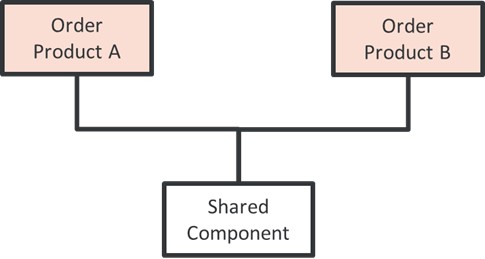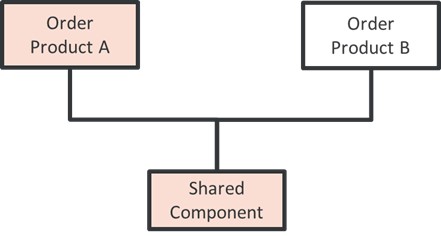In my previous blog, I shared an overview or introduction into Multi-Level Search. Today, we’ll go over the official benefits and potential drawbacks of the solution and MLS itself (so you know what you’re getting into).
What are the benefits of using MLS?
Officially, using MLS should help your business in four different areas (ties in with the business objectives):
1. Improve on-time delivery: Since MLS will automatically consider all supply options, and plans supply with this ranked objective in mind.
2. Faster decision making: MLS will automatically plan around key bottlenecks, which should help planners figure out which plan is most feasible and optimal for your business’ situation (makes it easier).
3. Reduce inventory levels: One of the ranked objectives MLS uses when deciding which supplies are allocated to which demands is to ensure that existing supplies are first consumed before creating new supply orders.
4. Reduce total spending: MLS will also consider sourcing costs and expiration of the source before deciding to use it to meet demand.
Now that we know the benefits of MLS, our next follow up question might be in which types of situations exactly, would it be beneficial to have MLS enabled?
When would MLS be beneficial?
As insinuated previously, MLS would be beneficial for products with complex BOMs (multiple levels, multiple part sources or substitutes), and if your organization has specific objectives (like minimizing cost, on time availability, etc.) they want to meet when searching for and building supplies. If another product also uses the same parts as another product, enabling MLS would also let RapidResponse see the lower-level part constraints when there are competing demands for both products.
Let’s use an example to illustrate that: A company has demand for Product A and B, and the two products share a component (“Shared component” in figures below). There are then two options to plan and search for supplies to meet demands on RapidResponse:
1. Breadth first where all demands on the same level are processed first.
a. Supplies are created level by level for that driver demand (top level), represented by the orange-shaded blocks.

2. Depth first where all dependent demands are processed first, before moving onto the next driver demand
a. Supplies are essentially created at the same time for each driver demand (depicted by the orange shaded blocks)

b. As the figure indicates, MLS will allocate the required shared component to the Product A order (when it is processed first). This means that when MLS subsequently processes the order for Product B, it can see that there is already constraint on the shared component from the previous order. This is important since it will ensure that the component commitment for the higher priority order is met (one of the aforementioned benefits) when there are competing demands for the same part.
At first glance, the difference between the two search methods may seem inconsequential. If you have many products (and demands for those products) that share a component though, it is important to ensure that order priority–and commitment of the related parts– is maintained and calculation of planned orders for more parts is accurate and on time. Enabling MLS by allowing it to consider lower-level part availability (and its substitutes’ availability) will help by building supplies to meet demand on time (or to meet other business objectives) while factoring in material constraints in its planning.
All things considered, MLS is a powerful heuristic that can help facilitate planning decisions for products with complex BOMs with various benefits.
That’s about it for MLS. Thank you for reading! If you have any questions feel free to comment below. If you're a Kinaxis customer and want a more in-depth explanation of specific aspects of MLS, please refer to the Data Model and Algorithm Guide or chat with our team.
Thanks again and hope to see you in another blog series!


